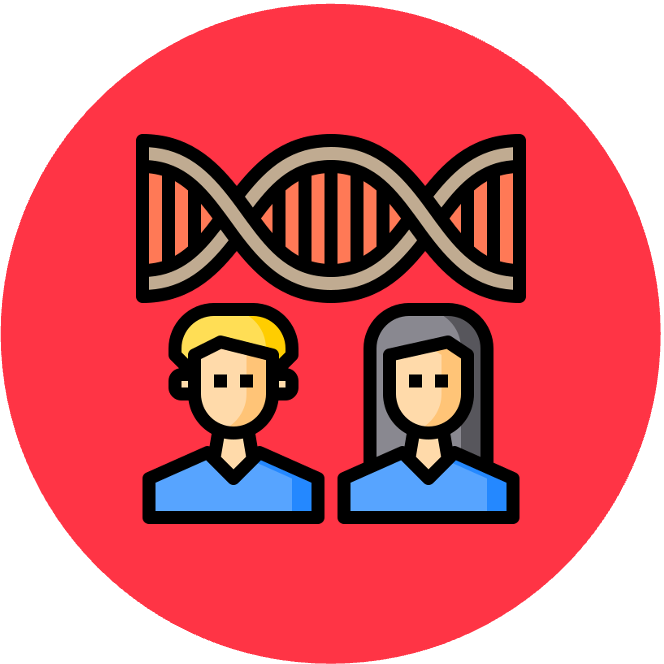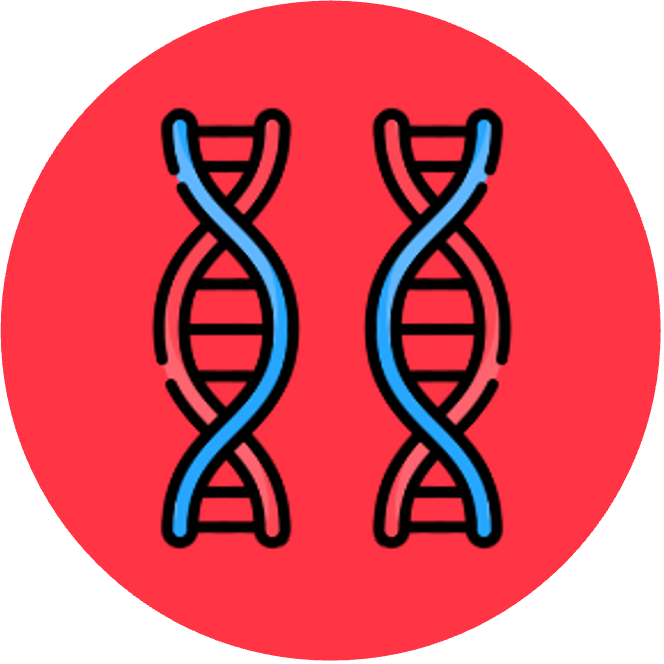

DNA Synthesis
The central dogma of molecular biology explains the flow of genetic information within a cell
-
DNA is the master set of instructions for all cell activities (i.e. the genetic ‘blueprint’ of the cell)
-
RNA (messenger RNA) is a temporary ‘photocopy' of specific genetic instruction (gene)
-
Proteins are the products created from these instructions that carry out the cellular functions
DNA
DNA is a stable molecule whose sequence is conserved throughout the life of a cell
-
The only time the DNA molecule is replicated is when a new cell is required (DNA replication only occurs during the S phase of interphase)
-
DNA replication is required for cellular reproduction, organismal growth and tissue replacement in multicellular organisms
The process of DNA replication results in two molecules of DNA with identical base sequences – meaning new cells will be exact copies (clones) of the original parent cell
Chromosomes
Within cells, a single molecule of DNA is organised into a discrete structure called a chromosome
-
Cells may have multiple chromosomes per cell – the number of chromosomes per cell is a characteristic feature of species
-
Bacteria may possess additional DNA molecules called plasmids, which can be transferred between bacterial cells via conjugation (utilising the sex pili)
The organisation of chromosomes differs between prokaryotic cells and eukaryotic cells
-
In prokaryotic cells, the chromosomes are circular and the DNA is naked (possibly due to their comparably smaller genomes)
-
In eukaryotes, the chromosomes are linear molecules and the DNA is wrapped around histone proteins to form nucleosomes
-
Nucleosomes are packaged into a compact structure called chromatin, which can be tightly packed or loosely packed according to cellular requirements
-
Micrographs (Not to Scale)

Prokaryotic Chromosome





